Identity
Our kitchens are the perfect concretisation of kitchening. In fact, such concept enlarges and
updates what living the kitchen means. It narrates and elevates the quality of living the space that
is now the core of every home. A place made of conviviality that authentically combines
functionality, aesthetic appeal, and technology. The highly customised kitchen designs materialise
through the ten-year experience of our master artisans who skilfully work with premium materials.
Here is where quality begins, exactly from ethics and respect for the environment. Our concept of
luxury is based on the uniqueness and tailored style of customised spaces in order to instil beauty.
Story
Ours is a story founded on a rooted passion for our work and on values integrating both a long-
standing competence and a constant research and development activity. We are totally committed
to selecting all the finest materials as well as following people’s lifestyles. This is our family’s
mission.
1954
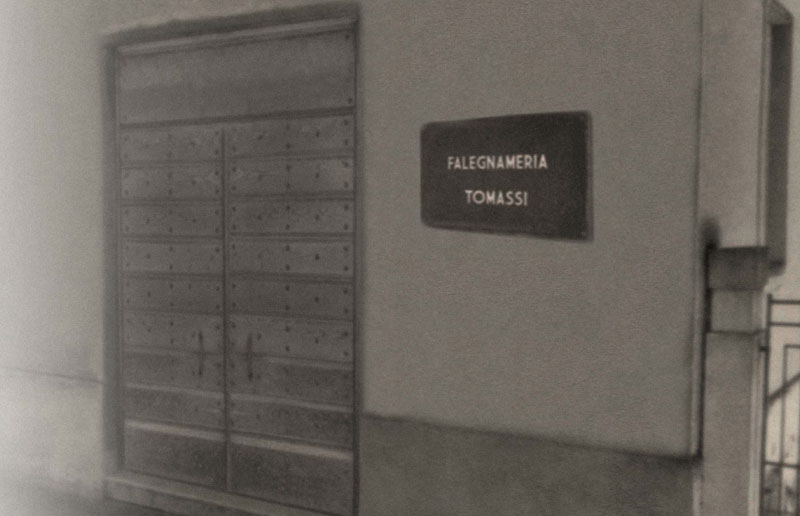
Thanks to the passion for woodworking and strong creativity, Roberto Tomassi Galanti starts his
own craft business dedicating himself to the production of furniture in the small workshop in
Pesaro, in Via Picciola 58.
1956

Roberto Tomassi Galanti leaves his workshop and moves to the factory in Via Terzi in Pesaro,
home to Cucine D’artigianato, a small artisan business concentrated in the production of modular wooden kitchens. Later this period, the business further moves to Via del Vallo where a new industrial area is developing.
1967

After a decade, the artisan company becomes an industrial reality that establishes itself in the
production of high-quality kitchens. And in Montecchio di Vallefoglia the brand evolves into
Excelsior Cucine.
1976
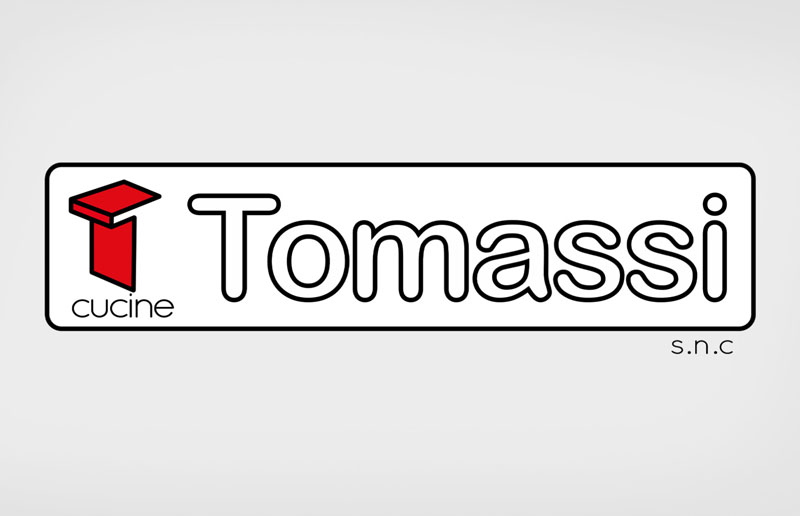
Antonio, Adolfo, and Angelo Tomassi Galanti start running the business under the brand name
Tomassi Cucine marking the first generational change. Here their innovative vision, attention to
details, and international soul are merged with the founder’s high-quality and craftmanship to
deliver modern design and state-of-the-art kitchens.
1980
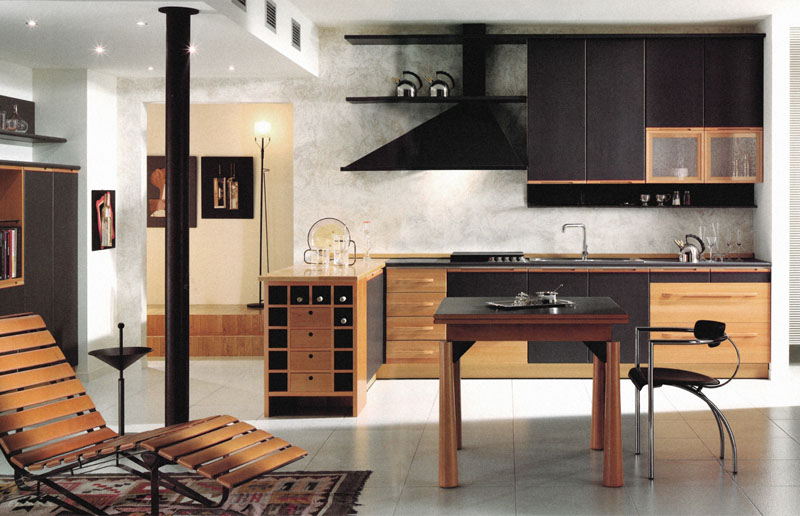
With a steady and promising business growth, handicraft production requires an industrial mark for which Tomassi Galanti finds itself a new seat in Talacchio di Vallefoglia (PU). Here cutting-edge technology and latest production methods shape exclusive luxury kitchens with a classical and
timeless touch.
1990
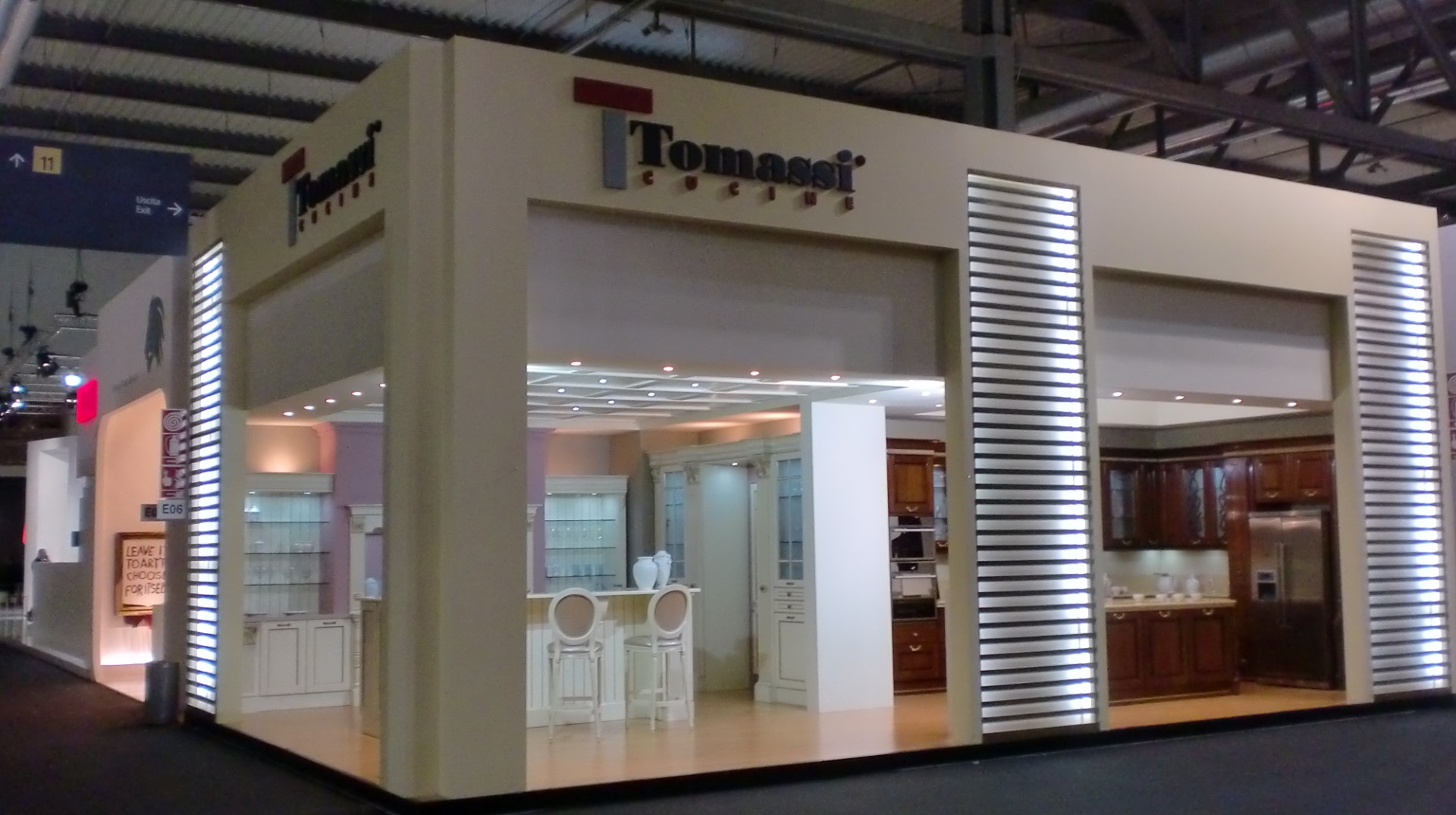
As Russia shows first traces of increasing demand for Italian design products, Tomassi Galanti seizes the chance to dare to go further and boost export sales. In the 1990s, Fulvio and Francesco Galli, respectively husband and son of Tina Tomassi Galanti, daughter of Roberto, move to Moscow to open a new sales office spreading the family brand notoriety all across East Europe for nearly 20 years. Following specific requests for high-end products and special furniture, Tomassi Galanti enriches its profile to secure a role as a pioneer among all sector’s players every time strengthening its business leadership.
2001
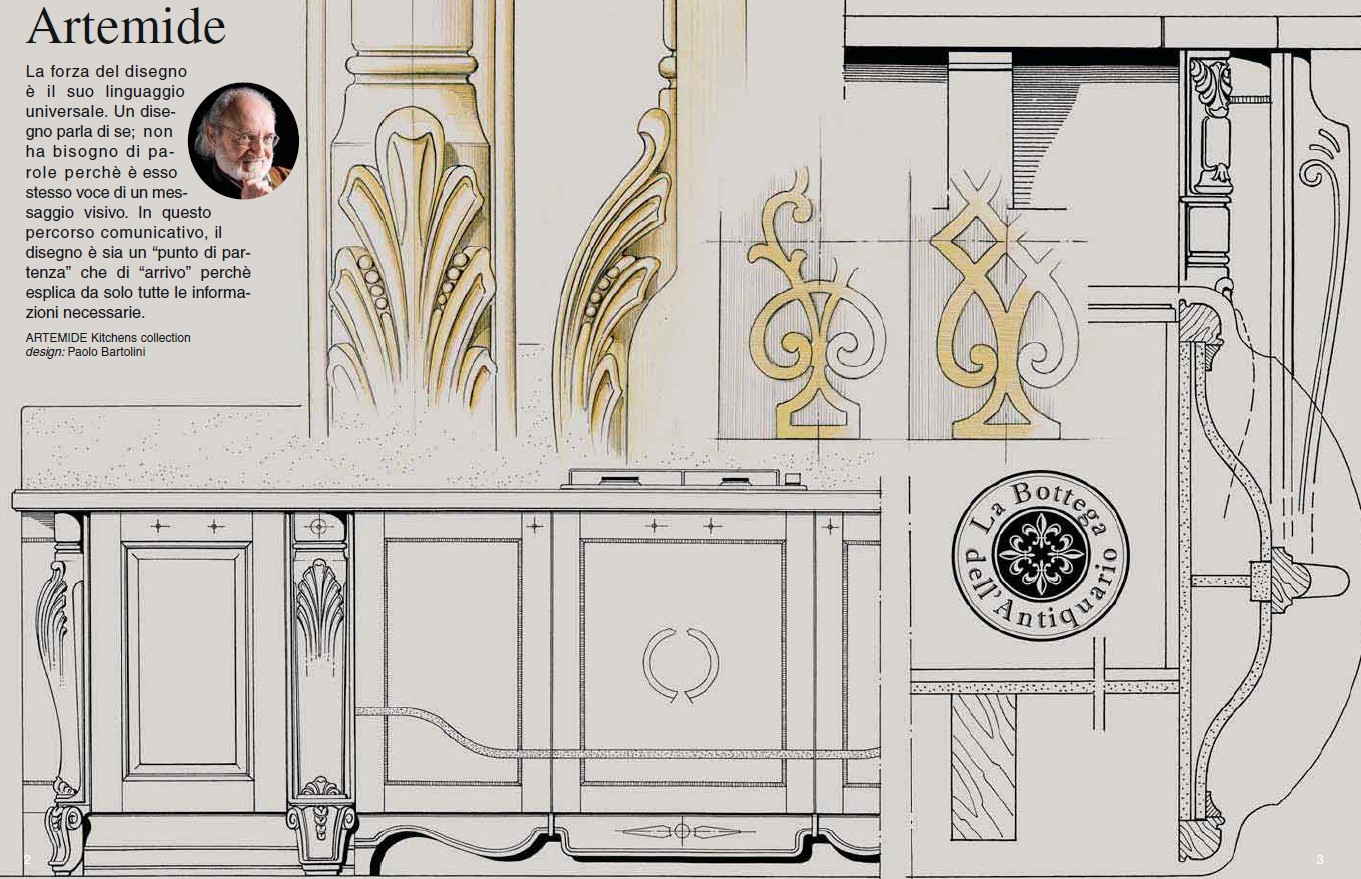
With the tragic event of the sudden death of its founder Roberto, the cohesion on which all
Tomassi Galanti’s family business was established is about to crack. Once Angelo leaves the
business, the two brothers Antonio and Adolfo decide to add an external company to the existing
one which will definitively stop cooperating with Tomassi Galanti’s family in August 2017.
2018
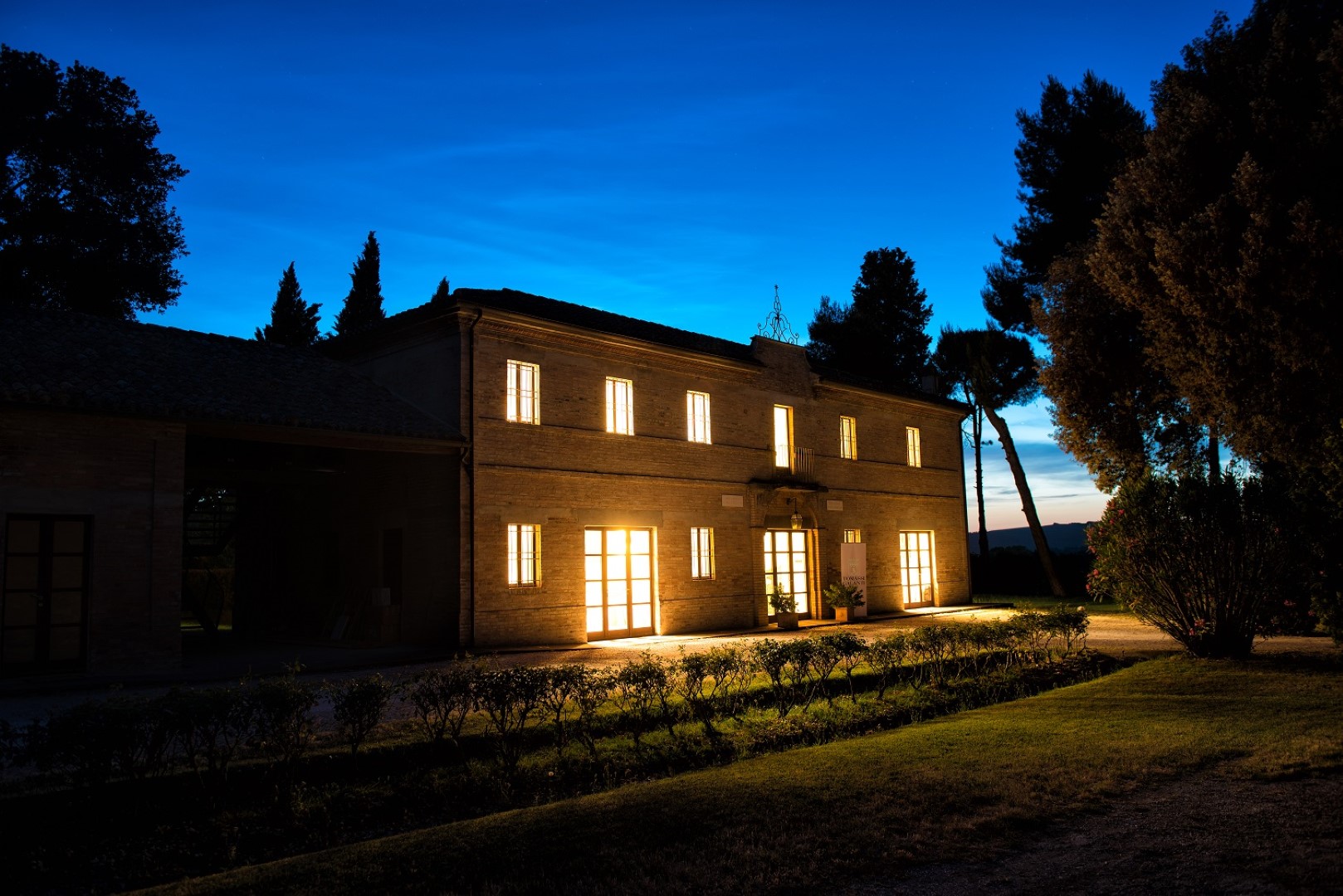
It is now the moment for the brothers Giacomo and Giovanni Tomassi Galanti to step in with the
new Tomassi Galanti business. Both boasting a solid family experience in the field inherited from their grandfather, they revitalise the long-standing values with a kick of modernity. The brand-new logo draws inspiration from the family’s coat of arms and, at the same time, the ancient Villa Albani di Vallefoglia (PU) becomes home to Tomassi Galanti. The production strategy aims at maximising customisation by meeting all customers’ needs.
2021

Giacomo and Giovanni are fully dedicated to reinvigorating the business by bringing Tomassi Galanti to a new level with an increasingly competitive approach. Through total rebranding, restructuring, and investing, Gea comes into existence. Gea is a new collection that recalls the power of the planet’s natural elements like wood, marble, steel, bronze, brass, and glass, all harmoniously combined with a set of materials, manufacturing processes, and accessories for extraordinary custom-made kitchens.
Team
Many of the people working in Tomassi have formed much of their own expertise and professional profile within the company and have contributed to consolidate the business’ core values to hand them down even to the young generations. This is a team of highly qualified specialists, master artisans, and premium raw materials suppliers who always do their best to deliver sophisticated
products.
"Take away my people, but leave my factories and soon grass will grow on the factory
floors…Take away my factories, but leave my people and soon we will have a new and better
factory."
Andrew Carnegie
Andrew Carnegie

Giacomo Tomassi Galanti
Chief Commercial Officer (CCO)
Chief Commercial Officer (CCO)

Giovanni Tomassi Galanti
Chief Operating Officer (COO)
Chief Operating Officer (COO)

Giacomo Tamburini
Customer Service Manager
Customer Service Manager

Mirko Mazzachera
Technical Manager
Technical Manager
Atelier
Le Marche is our land, our hometown, and above all the source of all our creations. It is a land
whose main feature is and has always been high-level handicraft knowledge. A feature born from
the ancient workshops’ “made in Italy” tradition and developed with the progressive adaptation to the times. Le Marche’s handicraft has gained success and still boasts world-renowned prestige. We are in love with the environment we live in. A place dotted with natural beauties ranging from long uninterrupted coastlines, olive trees and vineyards valleys, and medieval villages standing out on top. Le Marche is a real gem where arts and history meet evoking the great personalities such as Raffaello Sanzio, Giacomo Leopardi, and Gioacchino Rossini in a superlatively magical atmosphere.
And, being rooted in Pesaro, we decided to establish our showroom in Pesaro historic centre.





